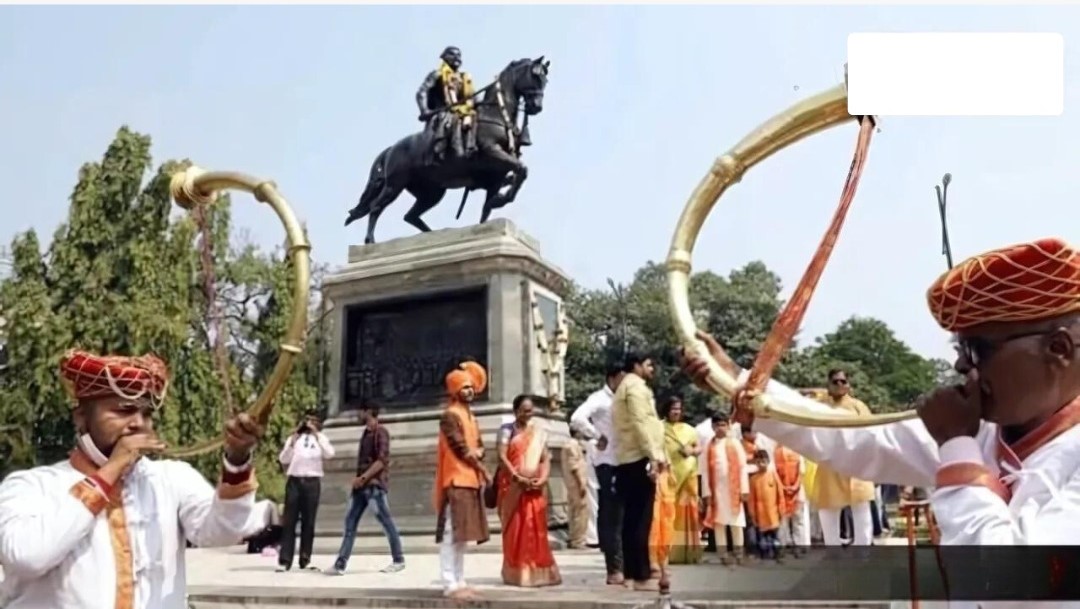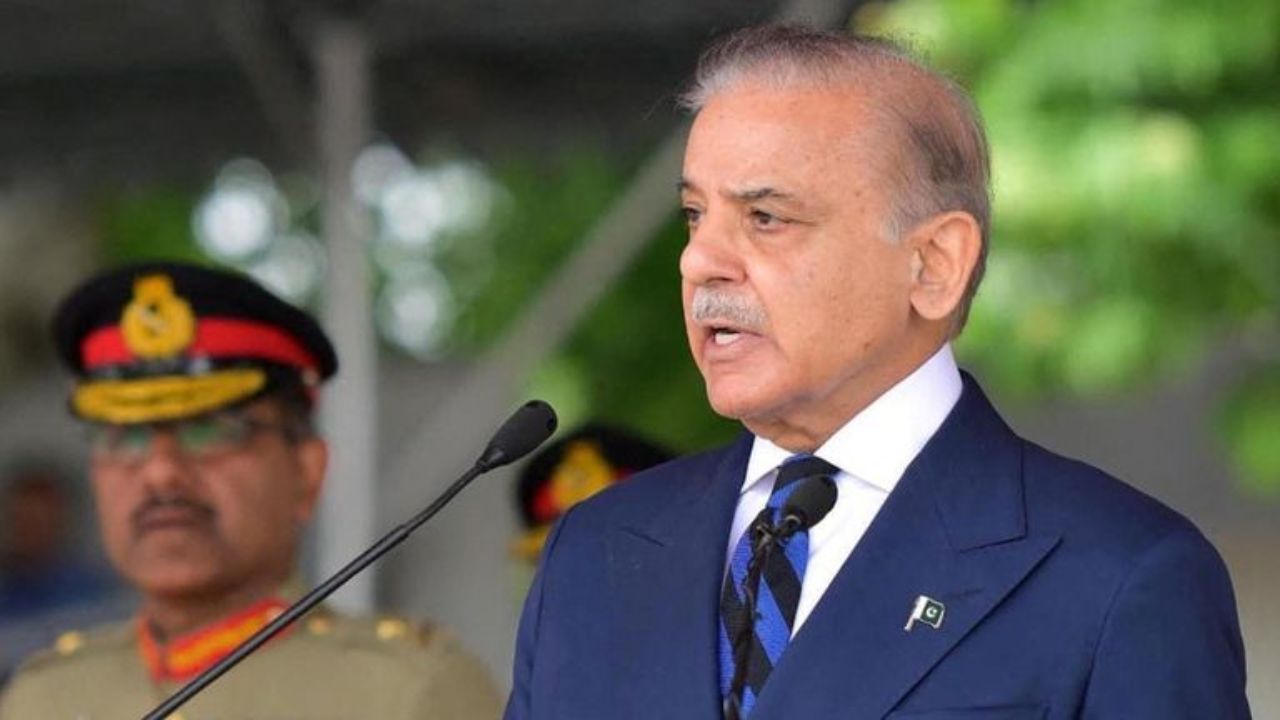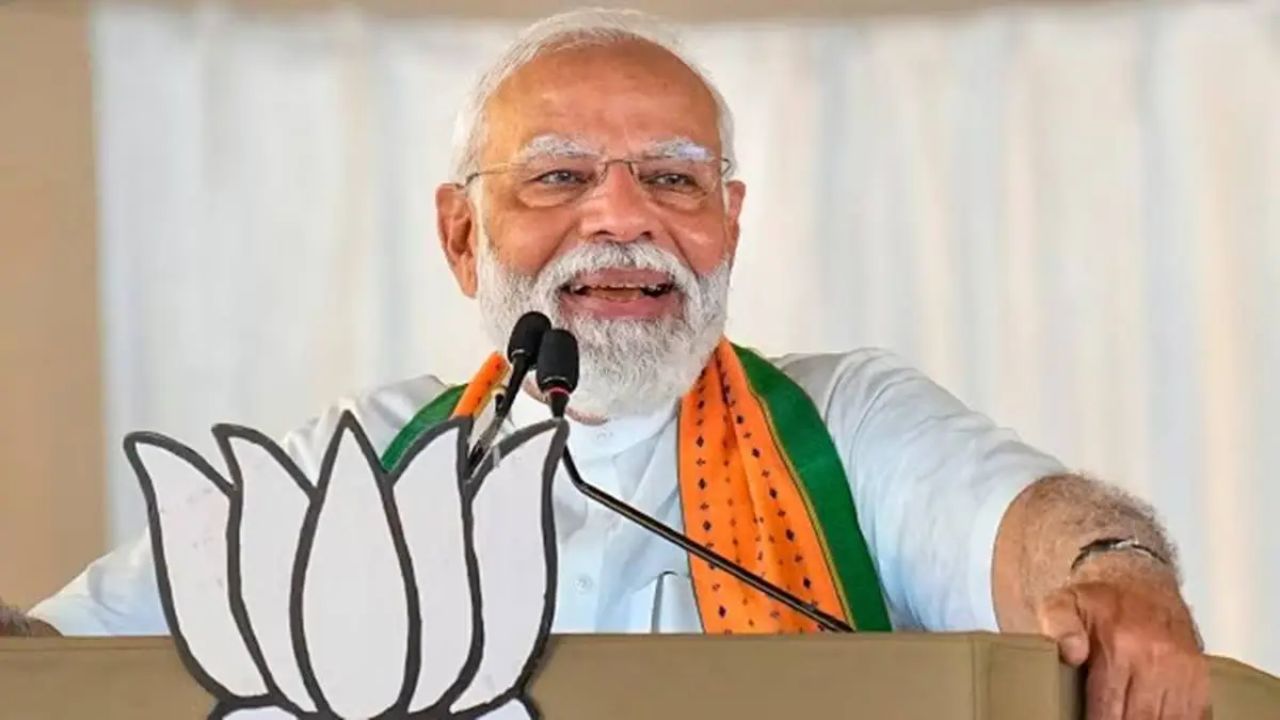In Maharashtra, Shivaji statues hold universal appeal.
Eight months after Prime Minister Narendra Modi unveiled a 35-foot statue of Chhatrapati Shivaji at Rajkot Fort in Maharashtra’s Sindhudurg district, the statue collapsed earlier this week. The incident has sparked a backlash from the

Eight months after Prime Minister Narendra Modi unveiled a 35-foot statue of Chhatrapati Shivaji at Rajkot Fort in Maharashtra’s Sindhudurg district, the statue collapsed earlier this week. The incident has sparked a backlash from the opposition, which now has an emotive issue to challenge the ruling Mahayuti government.
In Maharashtra, Shivaji is more than a historical figure; he is a revered symbol of Maharashtrian identity. His statues are a common sight at government events, political rallies, and public gatherings, regardless of the party in power. For over two decades, the proposed Shivaji statue in the Arabian Sea off Mumbai has been a political focal point in the state, frequently featured in party manifestos. Although all major parties agree on the project’s importance, it has sparked heated debates in the state legislature.
The idea for the memorial project was first introduced by the Congress-Nationalist Congress Party (NCP) government before the 2004 elections and became a key part of their 2009 manifesto. When the BJP and Shiv Sena came to power in 2014, Chief Minister Devendra Fadnavis vowed to fast-track the project, promising completion within 40 months. In the 2016-17 Budget, the government allocated Rs 70 crore for the project. The 192-meter statue was to include an art museum, food courts, and light and sound auditoriums, all built through a public-private partnership at an estimated cost of Rs 3,500 crore. However, the project remains far from completion.
Despite the abundance of Shivaji statues—present in all 355 talukas and nearly every village across Maharashtra’s 36 districts—each government in the last two decades has used new Shivaji statues as a way to bolster electoral support. As the controversy over the collapsed statue in Sindhudurg unfolds, the Pune Municipal Corporation has initiated steps to install a 20-foot-tall Shivaji statue as part of a city beautification project.
The legacy of Shivaji goes beyond statues. Many significant public spaces in Maharashtra have been renamed in his honor. In 1996, Mumbai’s Victoria Terminus was renamed Chhatrapati Shivaji Terminus. Three years later, the city’s airport was also renamed after the 17th-century king. In 2017, both the railway terminus and the airport added the title “Maharaj” to their names after approval from the central government.
In recent years, controversies have also arisen regarding the celebration of Shivaji’s birth anniversary. The undivided Shiv Sena has traditionally demanded that Shivaji’s birth anniversary be observed both according to the Hindu almanac and the Gregorian calendar. As a result, while the state government officially celebrates Shiv Jayanti on February 19 (as per the Gregorian calendar), others choose to honor it according to the Hindu almanac.




